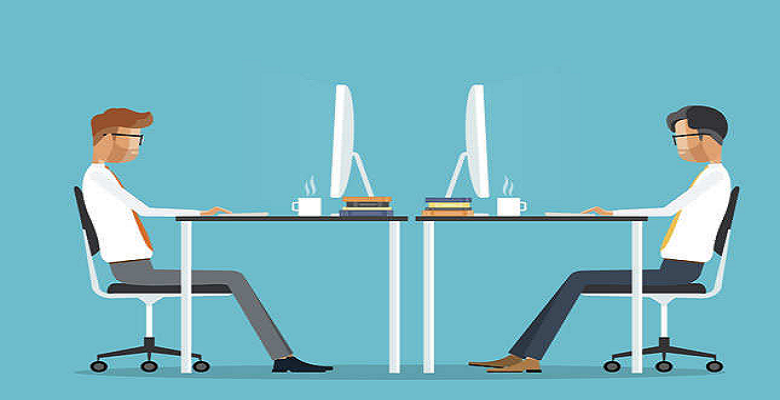The concept of a shared office has witnessed unprecedented growth over the last few years and has literally revolutionized the way the world and Indians work. Co-working spaces, as they are better known, are helping people find flexible, productive workspace options.

Globally as well as in India, the growth of this concept can largely be attributed to a start-up ecosystem, whose preference for co-working space is due to multitude of reasons. It includes lower rentals, savings on operational costs and a more flexible work environment. At present, India has about 300 co-working spaces spread over 15 million square feet. The demand will continue to rise across the country so much that about 13 million people are expected to work in co-working spaces by 2020.
It is interesting to note how the rise of co-working spaces is influencing normal office design today. Numerous surveys have established that millennials are set to form nearly half of the global workforce by end of this decade. As a result, all new office spaces, co-working or not, need to address the requirements of this new workforce. For the millennials, offices are no longer restricted to the confines of an uninspiring cubicle or a desk. A design language is slowly evolving to create workplaces which can enhance creativity, use technology to network and make the workers feel empowered.
Let us now try to understand how co-working spaces are redefining office design in the 21st century
Space Planning
The workplace has changed and changed for good. All offices today need a decent community space near their entry which was unheard of earlier. The idea is that employees will mingle in this space and also conduct informal meetings all day long. The standard brief today to an office designer is that the office look-and-feel should appeal to the millennial and there should enough space for collaboration. Standing meeting rooms are getting common. Phone booths and nooks are a space requirement which cannot be ignored today while planning spaces in an office.
Ceiling Design
People are bored of the grid ceiling. Designers have realized that it is possible to have offices without ceiling. All the services running above the ceiling are now seen and used as significant design elements. The added height is always an advantage. Designer metal ceilings, wooden rafters, fabric elements, acoustical materials are now used to accentuate specific areas in the office. Biophilic elements are also being introduced in the ceiling.
Flooring Design
The nylon carpet tile, which was the default flooring option in an office is slowly giving way to raw tiles, wooden planks or even bare concrete finish. Carpets and rugs are being limited to only meeting spaces and cabins. Luxury Vinyl Tiles and any material which brings warmth in the office are being explored.
Wall Design
Solid walls are giving way to transparent walls. Glass is the preferred material for all partitions unless we need solid wall for functional reasons. Screens, metal frames and even fabrics are being used to define semi-formal spaces. The long boring corridors are livened up with eclectic artwork, theme based installations and graphics.
Workstations
The cubicle is dead and the linear workstation is the new way to work. This is now a reality because the nature of work in offices is also changing. Using a smaller module for your worktable is opening up spaces which can be used creatively to enhance the workspace experience for employers. Hot desks and agile workspace are now part of the new office furniture idiom.
Light Fixtures
As the grid ceiling makes way for open ceiling, the 2*2 light fixtures also is making way for decorative office lights. Designers are going berserk selecting various types of decorative light fixtures to literally decorate their offices.
Loose Furniture
Most of the corporates today have already decided to have at least 30% of their seats in collaborative spaces. This means, there is a sudden need for designer loose furniture in these spaces which are functional and aesthetic in nature.
Functionally, there are differences between a co-working space and a company owned corporate office. However, the popularity of this disruptive design among the millennials cannot be denied which is in turn influencing mainstream designers to adapt it for their corporate clients. As a design trend it is here to stay and thrive.
However, the end users need to note that following a new trend does not mean we ignore the fundamentals of circulation and engineering. We still need to make sure our offices are energy efficient and functionally aligned to employee wellness. Sound, light and temperature can affect the performance of an employee if not designed well. With that word of caution let us remain positive about the new direction in office space design thanks to the advent of co-working concept.
About the Author
Arnab Ghosh is the Director of Synergy Property Development Services. You can find more about him here.

